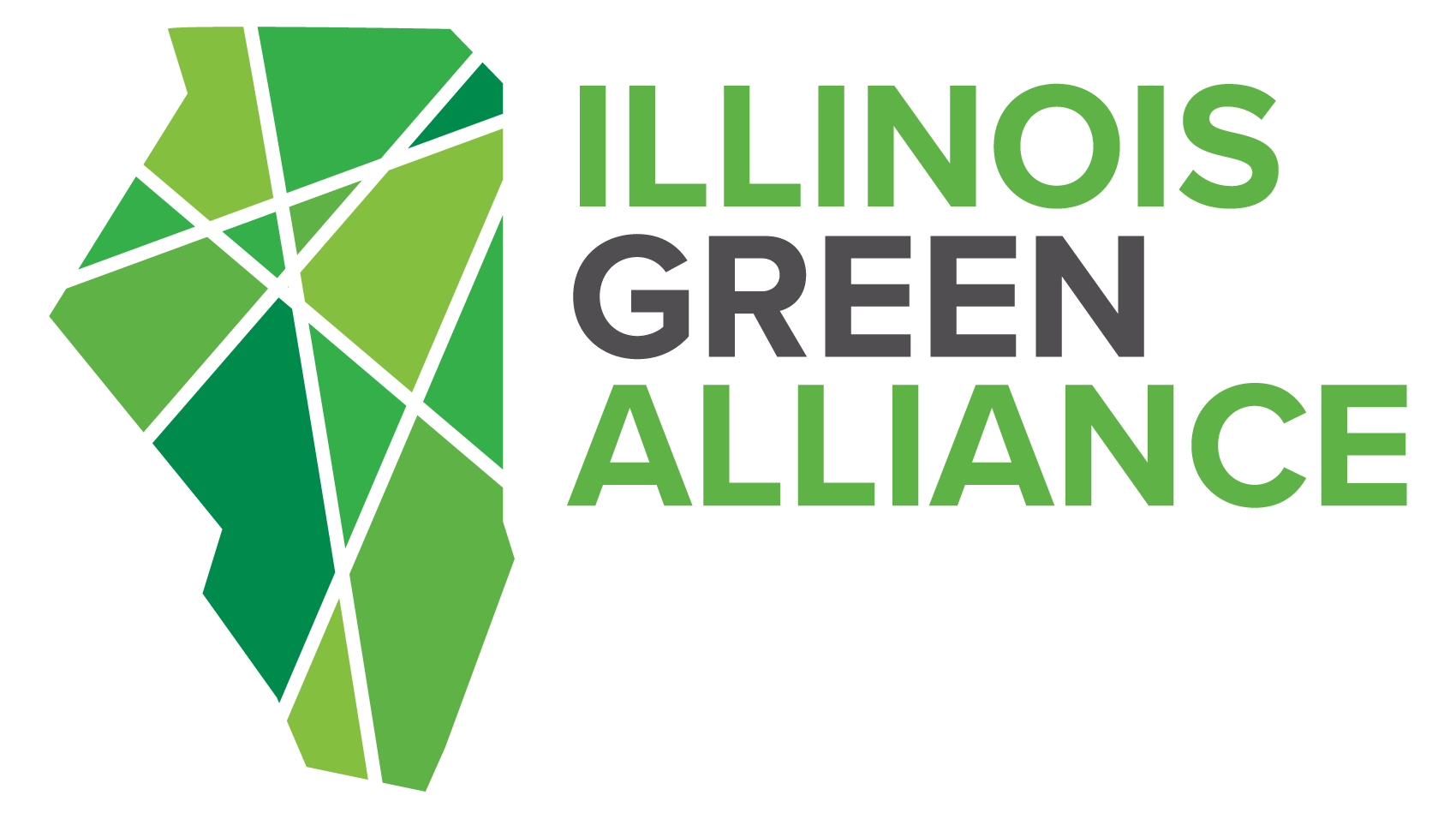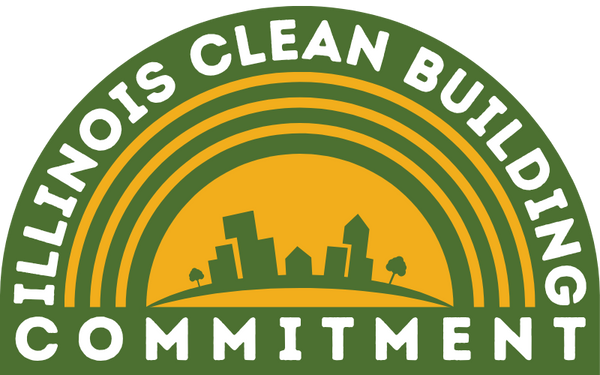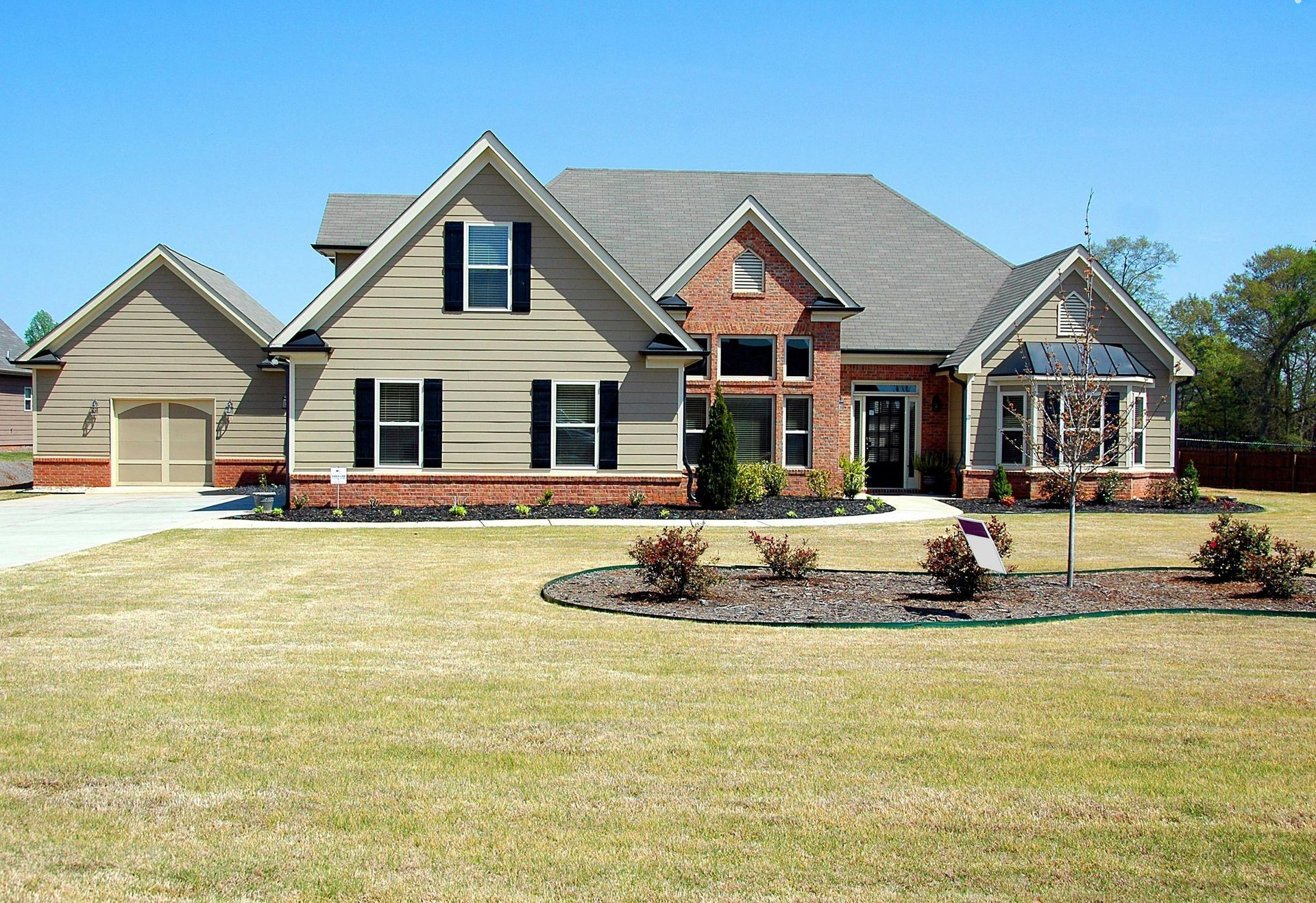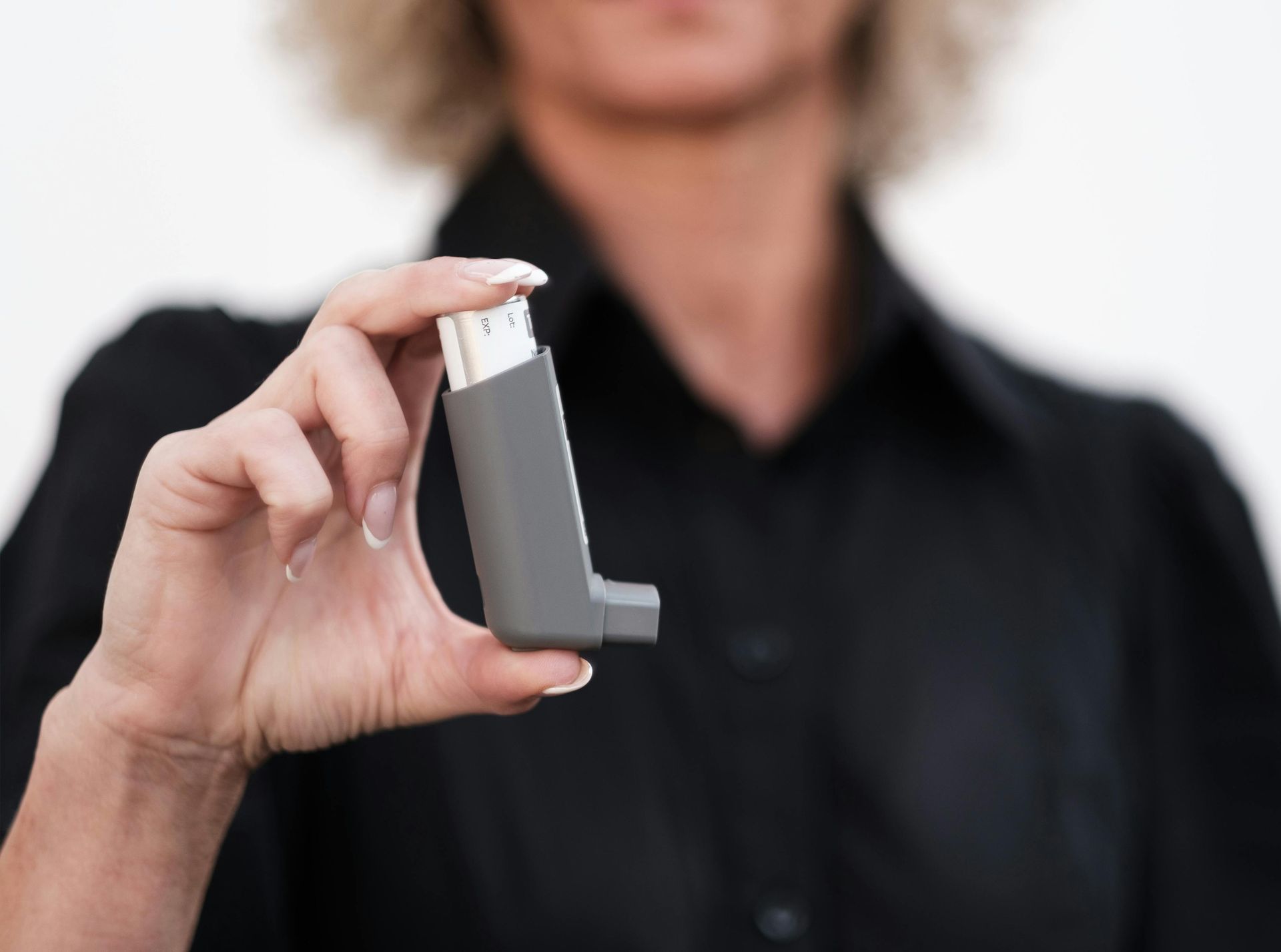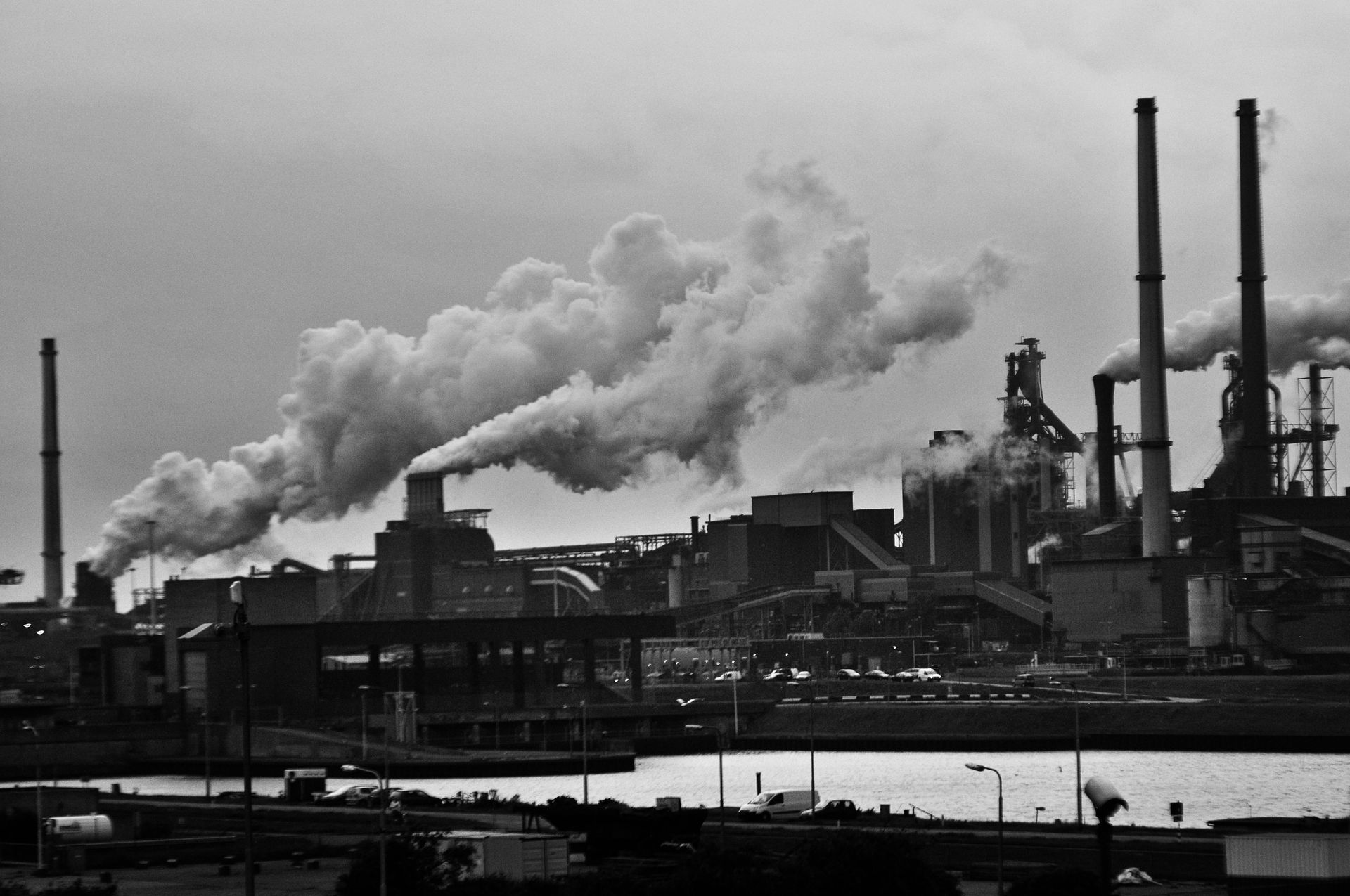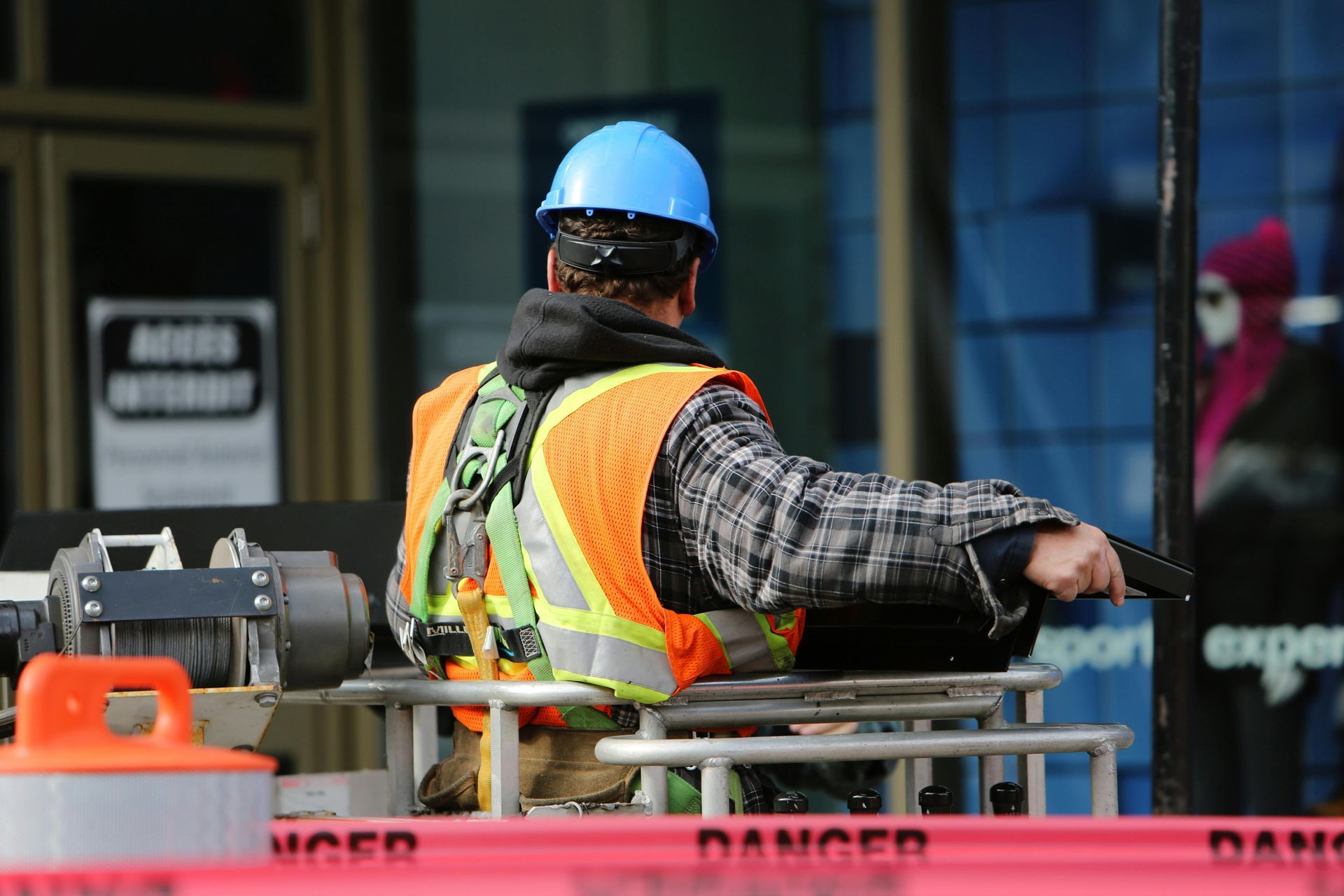
Understand Buildings and Their Impact
While Illinois has made major strides in advancing building sustainability, there is more work to be done to reduce building emissions and costs, improve efficiency, and ensure healthier communities. To protect against these risks, we're here to educate policymakers, building professionals, and the public on the impact that buildings have and how investing in clean, efficient buildings can transform communities across the state.

Explore Clean Building Resources
for your Community
Explore programs, incentives, and policies that can support clean, affordable, and resilient communities and the pathway for delivering them.
